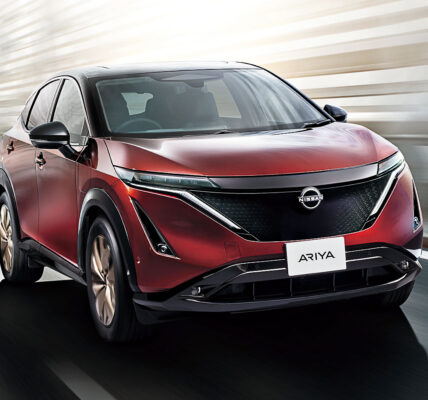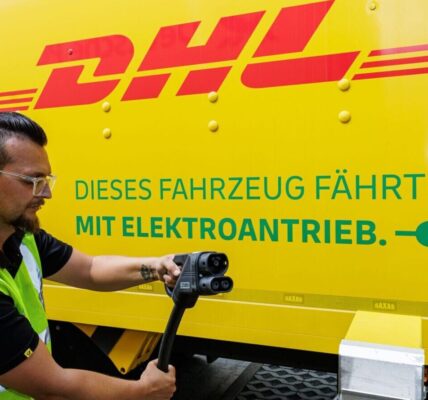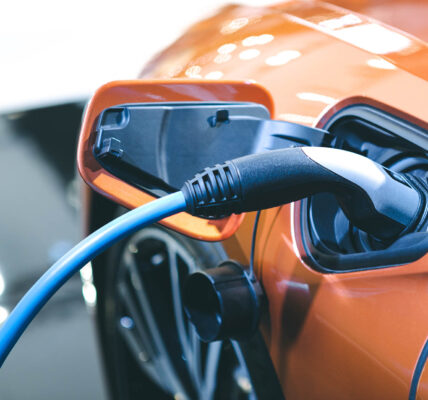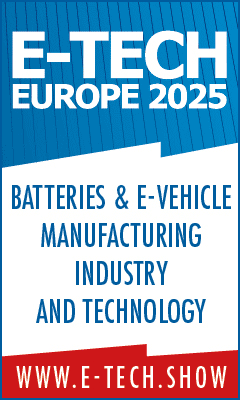Europe Still Not Up To Par On EV Purchase And Tax Schemes, New Publication Confirms Disparities
The European Automobile Manufacturers’ Association (ACEA) recently published an updated overview of tax and incentive schemes for zero-emission cars and commercial vehicles. As EV market uptake continues to underperform, EV incentive schemes should be expanded and better coordinated at the European level.
“Today, the EV market share for cars stands at around 15% – that’s still far from where it was expected to be at 25% by the end of this year,” stated Sigrid de Vries, Director General of the European Automobile Manufacturers’ Association (ACEA). “Europe’s electric vehicle market is still developing and hasn’t hit the crucial tipping point for mass adoption yet. Incentives are one key piece of the puzzle to help drive demand and get us to this common goal.”
While EV technology continues to advance, and there is a growing range of models priced under €30,000 on the market (and many others in the pipeline), upfront costs are a major barrier for many consumers. Battery-electric vehicles (BEVs) are more expensive than internal combustion engine (ICE) vehicles today, largely due to higher battery manufacturing costs. Therefore, purchase incentives continue to be a determining factor in a decision to purchase an electric model for cash-strapped consumers and are a prerequisite for creating a mass market.
The withdrawal of incentives for EV purchases in Germany at the end of 2023, leading to the collapse of the German BEV market, is a case in point. As state-funded schemes came to an abrupt end before the market had fully matured, EV purchases dropped dramatically by nearly a third. Despite the European market being far from where it needs to be, some purchase incentives schemes are gradually being discontinued with a growing number of eight member states now not offering any schemes for cars (up from six last year). The availability of schemes for heavy-duty vehicles (HDV) such as trucks and buses is even more critical, with over a third of member states offering no incentives for acquisition. Only 12 countries offer infrastructure incentives despite the near complete absence of public HDV-suitable charging points.
While robust incentive schemes have been proven to work, it is not only a question of money on the table; it is about better coordination across European countries. Unlike others, such as China, Europe suffers from a fragmented framework, with schemes being decided at the national level. 30 + widely differing schemes across the continent, with different funding levels and criteria, results in a multispeed EV uptake in Europe.
Belgium is often cited as a leader of the pack, known for its generous schemes and higher EV share in the powertrain mix – but this contrasts starkly with weaker schemes in several Central and East European member states where the share is noticeably acute. That’s why European automakers were disappointed that no new funding for demand incentives was yet earmarked in the Automotive Action Plan, despite Executive Vice-President Ribera previously announcing a much-anticipated pan-European subsidy scheme that could address imbalances and fragmentation. The European Commission should revisit this proposed initiative with haste as it would provide a much-needed impulse at an important moment in the transition.
As Europe navigates the crucial transition towards zero-emission transportation, more robust schemes and a cohesive approach to EV incentives are essential. The fragmented landscape of national schemes not only hinders the potential for broader adoption but will delay progress on reaching CO2 targets in a challenging environment for manufacturers.








